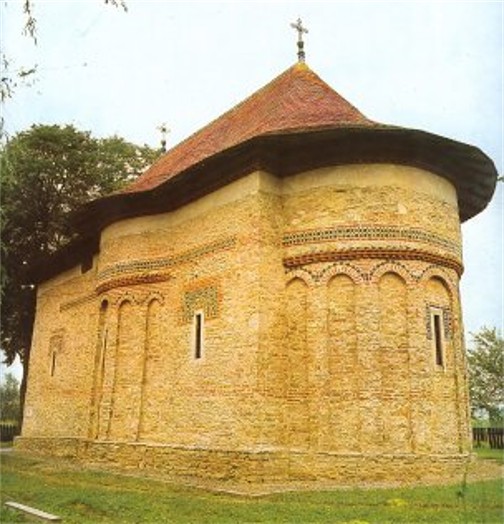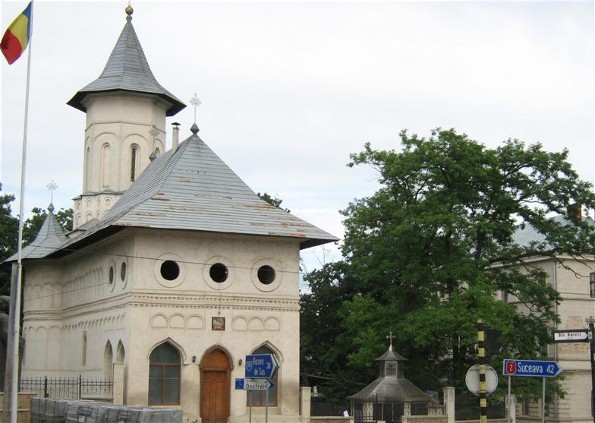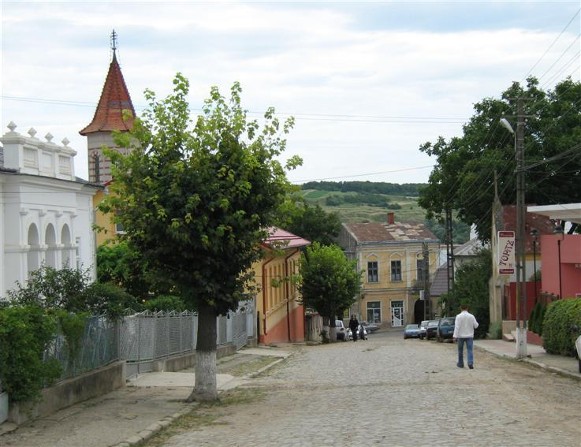Seret
Seret (Серет; Romanian: Siret). Map: VI-7. A town (2002 pop 9,329) on the Seret (Siret) River in Bukovyna in Romania, just south of the Ukrainian-Romanian border. According to archeological evidence the site has been inhabited since the Neolithic Period. It is first mentioned in historical documents in 1334. In 1365–88 it was the capital of Moldavia, and in 1370–1435, the seat of a Catholic diocese. Under Austrian rule (1774–1918) Seret was a county administrative center of Bukovyna crown land (1868–1918). At the beginning of the 20th century branches of the Ruska Besida in Bukovyna and the Ukrainska Shkola society were active in Seret. Ukrainian was taught at the German gymnasium and a Ukrainian bursa was open to out-of-town students. In 1910 Ukrainians accounted for 41.8 percent of the population of Seret county. In 1918 all Bukovyna, including Seret, was occupied by Romania. The Greek Catholic administrator, K. Zlepko, was stationed in Seret (1923–30). In 1940 Seret county was divided between Romania and the Ukrainian SSR, and Seret, along with some 14 Ukrainian villages, remained in Romania. In the 1950s parallel Ukrainian courses were offered at the gymnasium and teachers' seminary in Seret. The town's architectural monuments include the Church of the Holy Trinity (1358) and Saint John's Church (1377).
[This article originally appeared in the Encyclopedia of Ukraine, vol. 4 (1993).]
.jpg)


.jpg)
